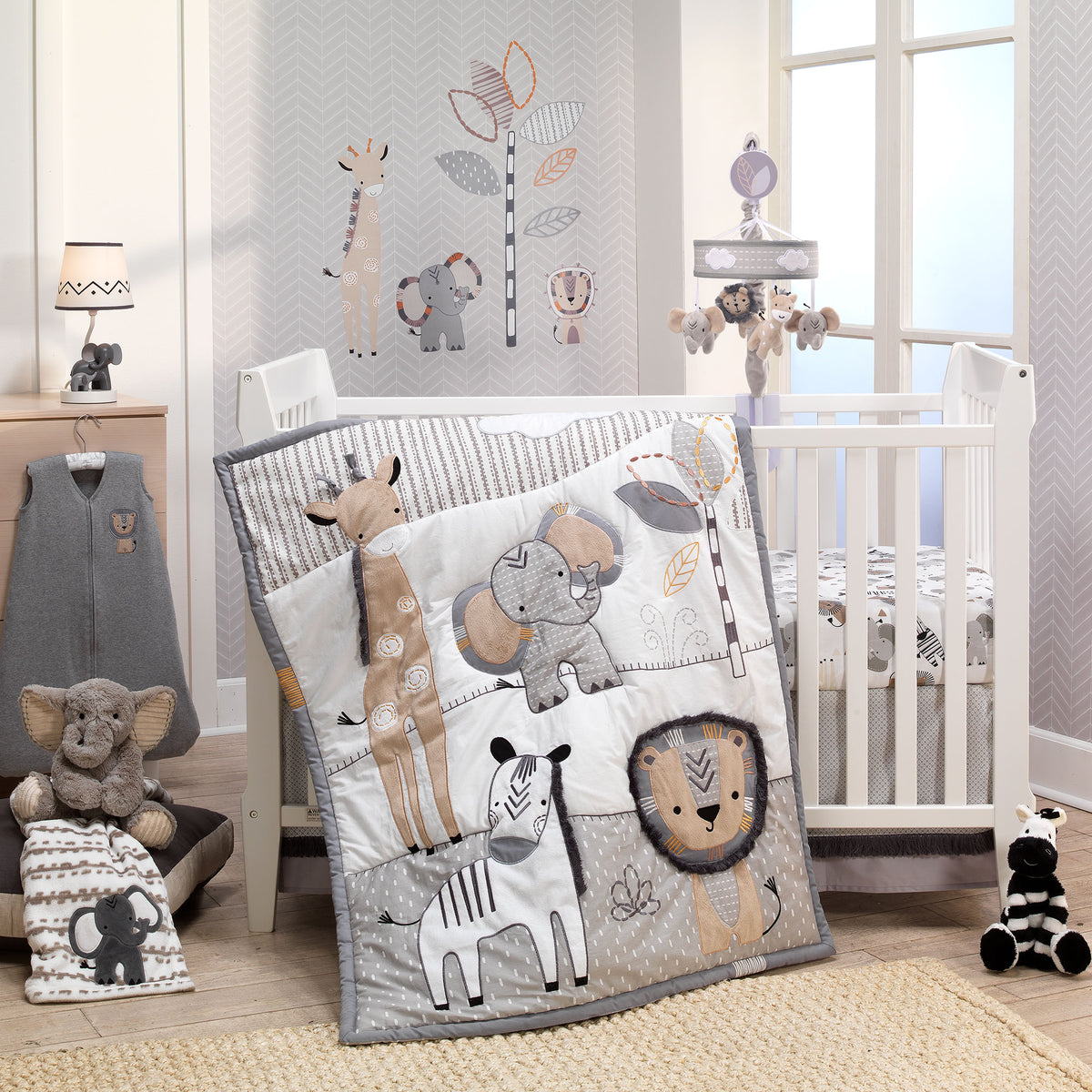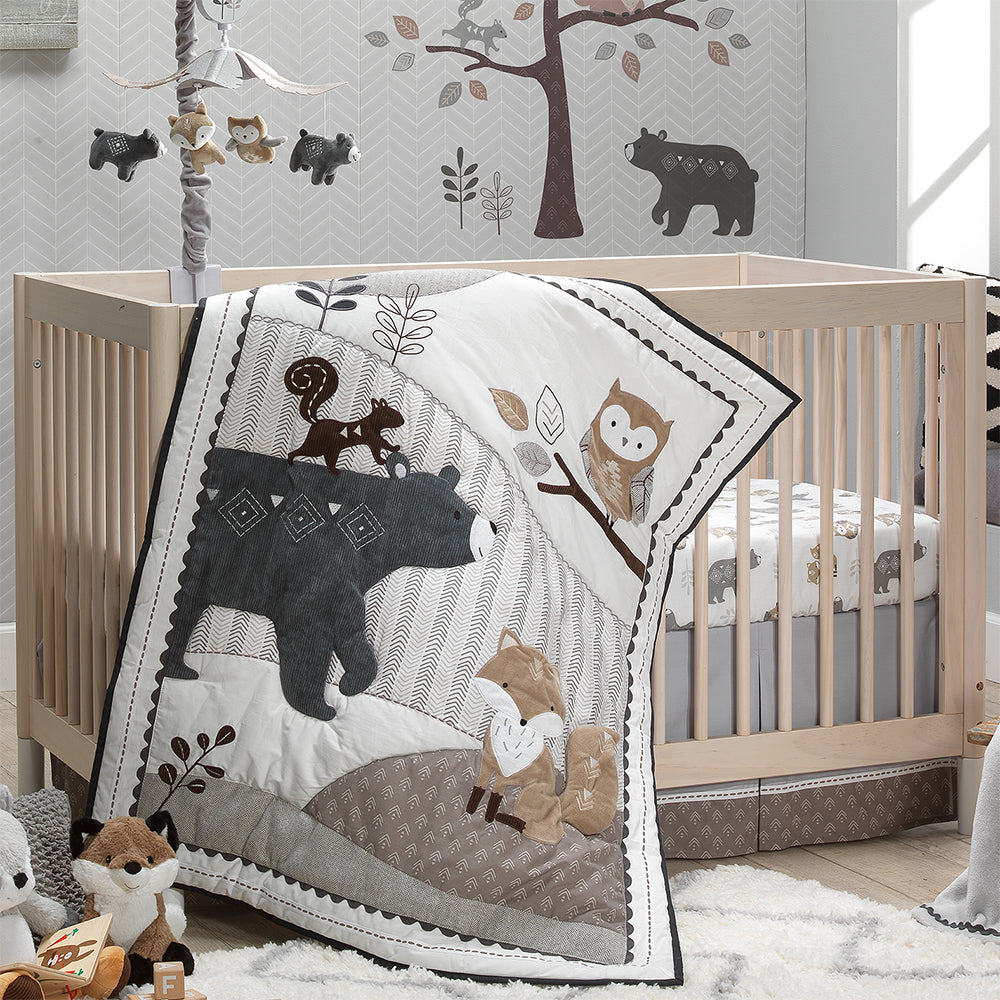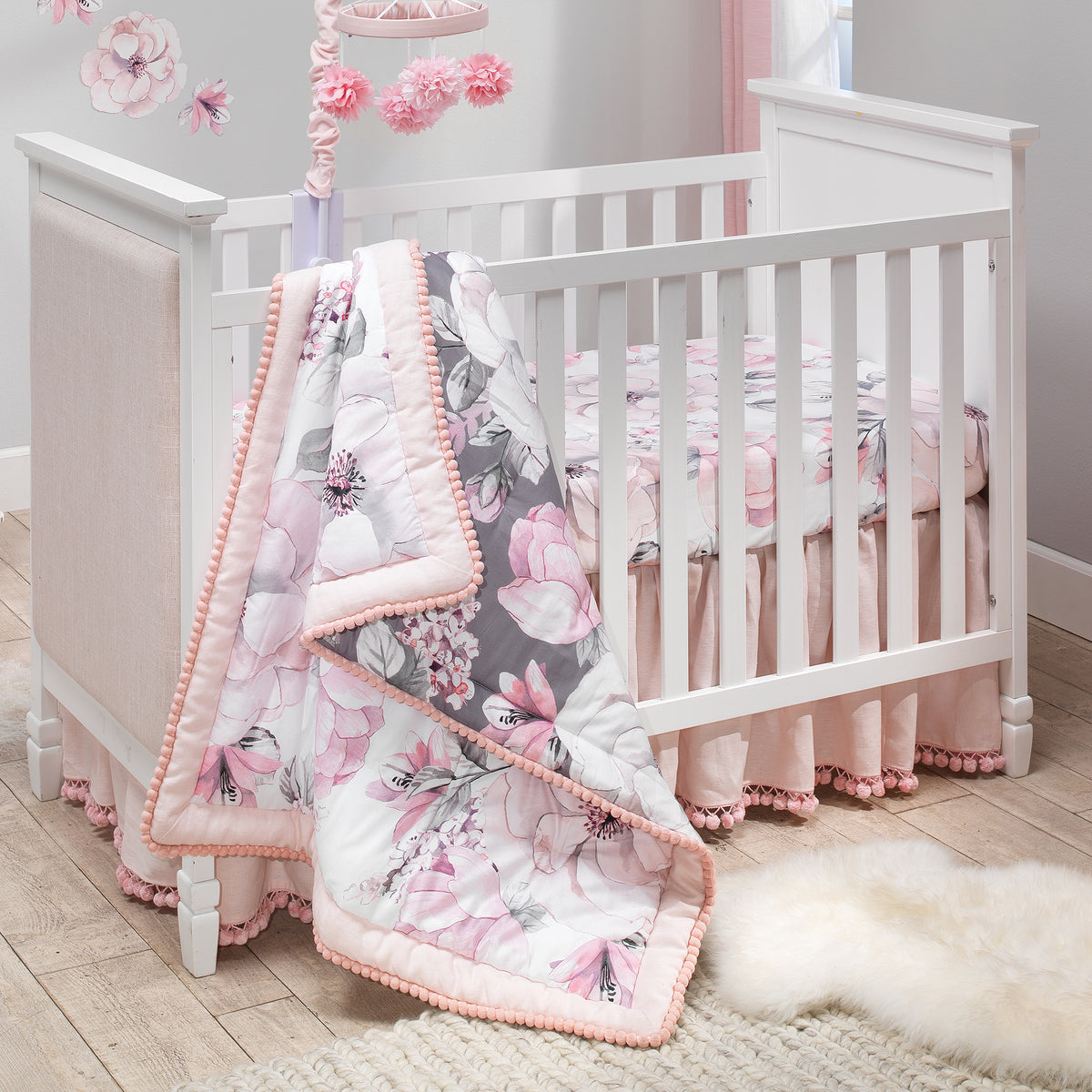Article Contents

Newborns spend most of their time sleeping. Naturally, new parents want to ensure their babies stay safe while they slumber.
As a mom, I’ve been through the process three times now. Through each experience, I’ve learned more about how to ensure safe sleep for babies.
From naps to nighttime rest, we will delve into critical safe sleep practices to help you understand the dos and don’ts of baby sleep safety. We'll cover everything from the optimal sleeping position for your baby to the importance of the right sleepwear.
What are the most important strategies to know about safe sleep for babies? Read on to find out.
Understanding Safe Sleep for Babies
Why is safe sleep for newborns such an important topic? Infants are just beginning to live outside their mother’s womb. Unsafe sleep practices can create a risk for Sudden Infant Death Syndrome (or SIDS) and other sleep-related incidents. Fortunately, research has provided some best practices that can help keep your baby safe while sleeping.
Safe Sleep Guidelines
The American Academy of Pediatrics (AAP) offers clear guidelines on safe sleep for infants. The AAP stresses using a separate, safe sleep space for your baby such as a crib or bassinet featuring a firm mattress. Keep the space free of blankets and stuffed animals that pose a suffocation hazard.
The AAP also recommends that if your baby falls asleep in the car seat, you should move them to a safe sleep space as soon as possible. Although tempting, you should also avoid falling asleep with your baby in bed or an armchair.
How Should a Newborn Sleep?

The AAP recommends always putting your baby to sleep on their back. This can reduce the risk of SIDS. As a mom, I understand concerns about your baby spitting up or choking on saliva in their sleep. My oldest had pretty bad reflux, and I noticed that he would sometimes cough in his sleep. He was always able to clear spit-up safely.
According to the AAP, this is a common concern. Fortunately, your baby’s gag reflex helps keep your baby safe.
Safe Sleep Practices from Newborn to One Year
Safe sleep for babies is especially important from birth until your baby’s first birthday.
Newborn to 3 Months
Safe Sleep Environment
Choosing the right sleep environment is essential. My husband and I spent some time picking out a bassinet and crib that meet safety standards. A firm mattress with a fitted sheet and no other bedding or toys creates the safest sleep environment.
Safe Sleep Practices
For the first few months, we made sure to place our newborns on their backs for every sleep. On cold nights, we used a wearable blanket to keep them warm instead of loose blankets. During this time, you can also begin to create a sleep routine to help your baby fall asleep at night.
3 to 6 Months
Transitioning Sleep Spaces
At around three months of age, we moved our babies from the bassinet to a crib. Ensuring the crib met all safety standards was crucial.
We also stopped any swaddling at this time. Many babies learn to roll over around this age, making this practice unsafe.
Room-sharing vs. Bed-sharing
We continued room-sharing, keeping the crib in our bedroom. This made nighttime feedings easier and reduced the risk of SIDS. It also eased my mind, as I could easily see my baby from my own bed and check on them throughout the night.
6 to 9 Months
Introducing Naptime Practices
Consistency is key. As our babies grew, we tried to always return our babies to a safe sleep space for naps. This included a firm mattress, no loose bedding, and placing them on their backs. We also created routines around naps to help our children fall asleep easier. For example, we’d often read a book after lunch-time to encourage them to nap.
Safe Sleep for Infants
As babies grow and become more mobile, it's essential to keep their sleep environment free of hazards. We removed any toys or objects from the crib that could pose a risk. We also ensured no wires or curtain cords were within reach.
9 to 12 Months
Maintaining Safe Sleep Practices
By this age, our babies were quite mobile even during their sleep! If your baby rolls over in their sleep, it’s ok to let them stay in the new position. However, experts recommend always putting your baby down to sleep on their back.
Travel and Temporary Sleep Environments
Traveling with babies can be challenging. We made sure to arrange for a crib that met safety standards whenever we traveled. Maintaining a safe sleep environment away from home is possible with a bit of planning.

Creating a Safe Sleep Environment: 5 Tips
- Use a firm, flat sleep surface.
- Choose cribs, bassinets, and play yards that meet safety standards set out by the Consumer Product Safety Commission.
- Avoid unsafe sleep products such as bouncers, swings, rockers, and loungers.
- Always put your baby to sleep on their back.
- Keep the sleep space clear of blankets, stuffed animals, and other items that might pose a risk of suffocation. Use a wearable blanket if the room is cool.
Safe Sleep Practices for Babies: Dos and Don’ts
What else should parents know about safe sleep for babies?
Room-sharing vs. Bed-sharing
- Room-sharing: Keep your baby’s crib or bassinet in your bedroom for the first 6 months. This allows you to monitor them closely and reduces the risk of SIDS by up to 50%, according to the AAP. A mini crib or bassinet can be a space-saving option.
- Bed-sharing: Not recommended. Co-sleeping can increase the risk of suffocation and SIDS due to blankets and adult movement.
Maintaining Safe Sleep Practices
- Do your best to practice safe sleep practices during both naps and overnight sleep. If someone else cares for your baby, be sure to let them know how to put your baby down to sleep.
- Also, evaluate your baby’s sleep space regularly. It can be helpful to have a thermometer or thermostat where your baby sleeps to ensure it’s not too warm or too cold
Setting Up a Safe Sleep Space
- Costs: To set up your baby’s sleep space, you’ll need a crib and safe bedding. Make sure you choose sheets that fit the mattress snugly. Crib costs vary, but starting costs are typically around $100. You also need to factor in the cost of a safe mattress.
- Safety Checks: Always check the Consumer Product Safety Commission for updates on recalls and unsafe products. It’s worth the extra research to ensure your baby’s sleep space is as safe as possible.
Safe Sleep for Babies FAQs
At what age is it safe to let a baby or toddler sleep in our bed?
Co-sleeping with toddlers is usually considered safe once your baby is about 1 or 2 years old or older. If you choose to allow your toddler to sleep in your bed, only do so when you haven’t had any substances such as alcohol. Also, do your best to keep the space clear of heavy covers and pillows.
Ideally, your toddler should usually sleep in their own space. However, if your little one is having a nightmare, you might co-sleep for the sake of everyone’s sleep.
What are the ABCs of safe sleeping for babies?
The ABCs of safe sleep stand for “alone,” on their “back,” and in a “crib.” These ABCs can help parents remember the basics of safe sleep.
What is unsafe sleep for infants?
It’s unsafe for infants to sleep with blankets and stuffed animals in the crib. Babies should sleep in an empty crib with a fitted sheet. If it’s cold, you can use a wearable blanket. Also, it’s unsafe to place infants to sleep on their tummy. Babies should be put to sleep on their backs.




